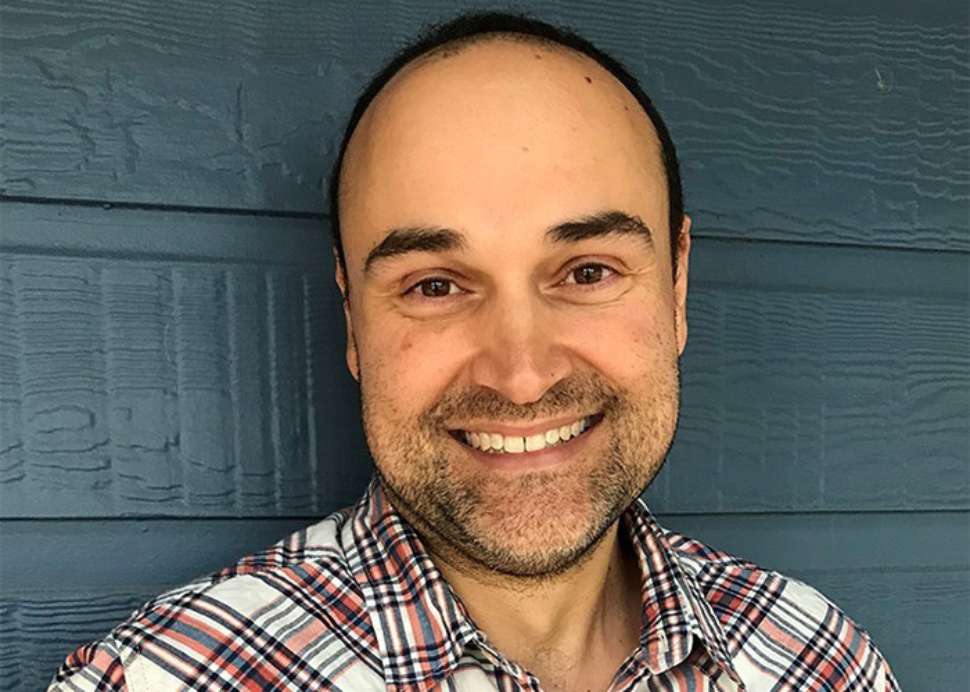As tourism increases, many of Australia’s sacred sites face growing preservation pressure. Research projects are helping protect cultural heritage by combining Indigenous knowledge with archaeological insight - reshaping how conservation is done in remote Australia.
Limmen National Park, located within Marra Country in the remote southwest Gulf of Carpentaria, is rich with significant cultural heritage. But a rapid growth in tourism is threatening its sacred sites.
Marra Families and the Namultja Aboriginal Corporation, in close collaboration with the Parks & Wildlife Commission of the Northern Territory which manages the park, want their knowledge protected and preserved.
The Park’s popularity lies within its rugged landscape which features spectacular sandstone formations, deep gorges, floodplains and extensive river systems. To balance its important history with its demand, a research team led by Flinders University Professor Liam Brady is in the midst of a five-year project to learn about and protect its cultural heritage. This new archaeology research will help inform the best path forward for its long-term management and conservation.
“Although it’s remote, Limmen National Park is experiencing a rapid growth in tourism, with 4WD adventurers lured by the rugged landscape – which therefore represents a threat to Marra cultural heritage,” says Professor Brady.
“Through our discussions with the Marra people and the NT Parks & Wildlife Commission they have highlighted a great sense of urgency and concern over the transmission of cultural knowledge associated with cultural places.
“Elders have shared with us their keenness to have their knowledge documented about the sites that are being targeted for exploration, so this knowledge can be shared by future generations and be used to safeguard their cultural heritage sites.”
Diverse experts provide precise research
The project’s collaborative research team, which also includes specialists from James Cook University, University of Western Australia and the Australian National University, has archaeologists excavating sites to discover how long Marra people have been living here, recording and dating rock art, while paleoenvironmental researchers are reconstructing what the Limmen National Park’s landscape looked like in the past. Anthropologists are also helping to record Marra knowledge and stories.
With the Namultja Aboriginal Corporation’s cultural researchers and rangers co-directing the project, this work challenges traditional, western-oriented approaches to interpreting and understanding archaeology. The collaboration with Traditional Owners and the Park’s Rangers also builds employment pathways for younger generations to work in the nation’s National Park system.
Schoolchildren from Learning on Country programs in the area also visit the project sites to learn from Marra Elders and the researchers about the cultural and archaeological significance of the area.
MORE: The solutions to climate change built from smart research

Finding answers in an unexplored archaeological landscape
Professor Brady says Limmen National Park was a virtually unexplored archaeological landscape before Marra families extended an invitation for researchers to collaborate with them by undertaking excavations and rock art recording in the park.
These studies – which have recorded spectacular rock art galleries that represent a unique rock art style – have shown Limmen National Park to be a rich cultural landscape with an equally rich record of knowledge, objects and images that are still held by senior Marra men and women.
Through combining contemporary Marra knowledge with archaeological and anthropological data, it shapes interpretations of Marra cultural history that can be understood by current and future generations.
This project follows another significant project in the southwest Gulf of Carpentaria that focused on rock art research with the neighbouring Yanyuwa community.
“During our field trip with the Yanyuwa people, some of the Marra people learned about what we were doing and invited us to visit Limmen National Park, to discuss how archaeology could be used to help address some of their concerns about the protection and management of their cultural heritage sites,” says Professor Brady.
The project and its findings will benefit the Northern Territory tourism industry and contribute to national conversations around how best to manage Australia’s cultural heritage and history in remote areas.
An impressive history of preserving history
This work builds on Professor Brady’s past 20 years of research into Indigenous cultural heritage, with a focus on integrating Indigenous knowledge into understanding the archaeological record of significant sites.
He has undertaken this research through long-term partnerships with Torres Strait Islanders and a range of Aboriginal communities across northern Australia.
This includes an ARC Future Fellowship (2019-2022) in partnership with the Palyku Aboriginal community in the eastern Pilbara region of Western Australia, to analyse rock art and excavate materials from key sites.
“I look at how rock art and decorated material have been used as symbolic communication across history,” explains Professor Brady.
“It’s important to understand how these prominent places have acted as beacons through time to structure and shape people's movements, encounters and connections with others.”
“It’s important to understand how these prominent places have acted as beacons through time to structure and shape people's movements, encounters and connections with others.”
- Professor Liam Brady
Flinders University
![]()
Sturt Rd, Bedford Park
South Australia 5042
South Australia | Northern Territory
Global | Online
CRICOS Provider: 00114A TEQSA Provider ID: PRV12097 TEQSA category: Australian University








